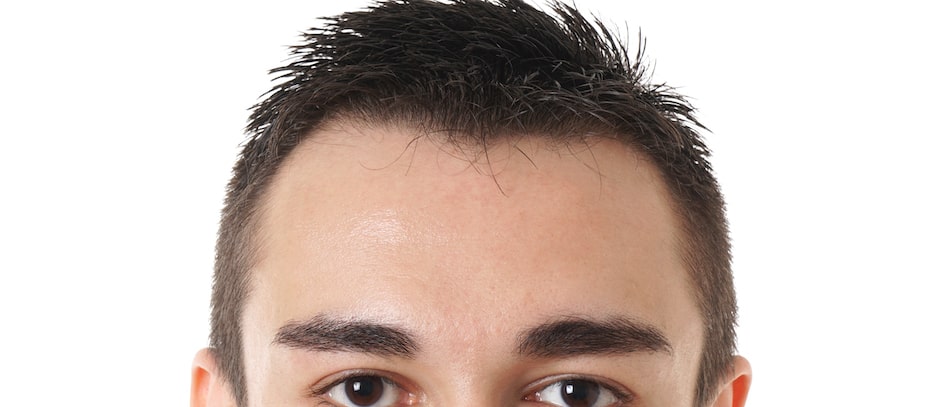
The popularity of certain body parts over the years, thanks to cosmetic surgery trends, has included larger buttocks, big lips, and augmented breasts being a look desired by patients. These days, there is a good amount of attention being paid to the forehead and many patients are specifically asking doctors about having a forehead reduction. Why is this surgery growing in popularity among fans of cosmetic procedures? Let’s find out!
Anyone who has ever been called a “five head” or had someone comment on the size of their forehead can often start to feel self-conscious about its appearance. While the idea of having a forehead that is in proportion with the rest of the face is ideal, there are some people who seem to have a prominent forehead when compared to other people. Thankfully, there have been various refinements and advancements in the medical field of forehead reduction that help patients gain a more appealing and aesthetically pleasing look to this area of the body.
The first thing to know is that forehead reduction is an invasive surgical procedure that includes an incision being created in the front of the hairline so the surgeon can remove some of the forehead skin to achieve the desired results.
Forehead reduction, which is also known as hairline lowering, is able to reduce the distance that is present between the eyebrows and the hairline. Overall, the hairline is usually lowered anywhere between five and six centimeters. The surgeon will mark where the post-op hairline will be located and then create an incision. The skin that is above the marked line is removed which means excess forehead skin is taken out of the targeted area and the hairline is then able to be advanced. The incision created by the surgeon is closed using stitches and hair will be able to grow through the incision and also cover any scars that might appear after the surgery.
A good candidate for a forehead reduction procedure is someone with a large forehead and/or a high hairline. In addition, a person with scalp and forehead skin that has a good amount of laxity is also an ideal candidate. If a person wants to elevate their low or heavy brows to a higher and more aesthetically pleasing position, they might be a good candidate.
While it seems like a person with a large forehead itself is an ideal candidate, this is not always the case. A person who is experiencing hair loss might not be a good candidate as the loss of hair over time can actually make the incision more visible to others. The patient should have a healthy hairline and a good amount of hair so the results will maintain a consistent look as time passes.
Forehead reduction patients can expect to see some bruising and swelling after the surgery. They will also need to limit any amount of heavy or strenuous physical activity for a period of time determined by the surgeon. Any pain or discomfort can likely be controlled by pain medication prescribed by the surgeon or by taking over-the-counter pain medication. Patients can normally return to work between three to five days after the procedure. The hairline sutures will be removed somewhere between five to seven days after the treatment is performed.
There are risks that patients should know about before having a forehead reduction procedure. For example, some patients experience a decrease in the sensation of their scalp for a period of six to nine months. In addition, there could be a formation of some scarring along with a less than aesthetically pleasing look to the results.
There might be some hair loss that occurs at the front of the scalp but the hair that is lost will grow back after several months have passed. In general, the final results of forehead reduction surgery will be long-lasting as long as the patient maintains a healthy lifestyle and follows the post-op instructions provided by the doctor.
As with any other type of medical procedure, the patient needs to schedule a consultation appointment with their surgeon of choice. The consultation appointment is the opportunity for the patient to have a one-on-one discussion with the doctor and ask any questions or voice any concerns about the procedure. The doctor will also examine the overall health of the patient along with the current condition of the forehead and the laxity of the skin that will be impacted by the surgery. The skin needs to have a good amount of laxity so it can be placed in the desired position by being moved up and down or side to side by the surgeon. Plus, the doctor will set realistic expectations so the patient will not be surprised by the final results.
- MA